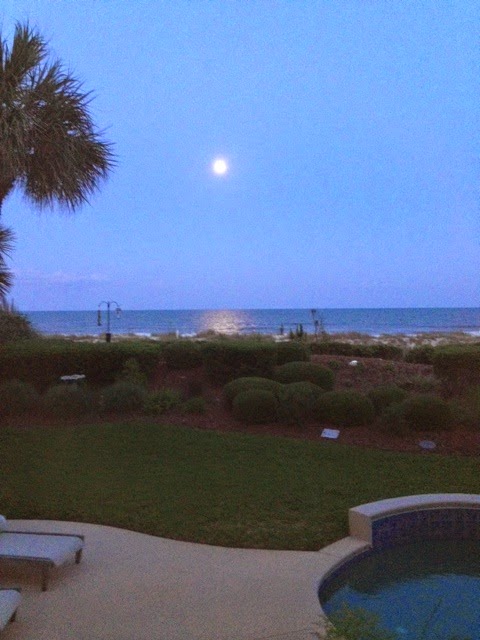Did you know why South Carolina is called
the Palmetto State?
This
nickname refers to South Carolina's official State Tree, the Sabal Palmetto
(Inodes Palmetto), commonly referred to as the Cabbage Palmetto. The Palmetto is rooted in historical significance dating back to the Revolutionary War. On June 28, 1776, the British fleet's attack on Sullivan's Island, located in Charleston Harbor, was repulsed. Under Colonel William Moultrie’s command the spongy Palmetto-log fort withstood the barrage of British cannons until the fleet retreated.
The Sabal
Palmetto Palm was added to the National Flag of South Carolina, after it
seceded from the union in 1861 due to acts of northern aggression.
One
other small item before Lauren Grace crosses into waters of North Carolina. It
evidently is a little known fact (even by most locals) that South Carolina was
also known as “The Iodine State”. Perhaps
you are wondering why. Well, I have
researched it for you; it was due to the large percentages of iodine found in
the vegetation growing in the state.
The chemical element
iodine derives its name from the violet color of its gaseous form. A rare element (sixty-second in global
abundance), it occurs naturally as a trace chemical in certain soils, rocks,
seawater, plants, and animals. In humans,
it is largely found in the thyroid gland, which secretes iodine-bearing
hormones responsible for regulating metabolism. A deficiency of iodine causes an unsightly
swelling of the neck and jaw known as a goiter.
Not a good thing to have.
In the late 1920s, the
South Carolina Natural Resources Commission began a public relations campaign
to advertise the high iodine levels found in fruits, vegetables and milk
products from the Iodine state.
Even low country
moonshiners around Hell Hole Swamp jumped on the iodine bandwagon, advertising
their brand of corn liquid with the slogan: “Not a Goiter in a Gallon”. As I said before no one wants a Goiter. So now you know









